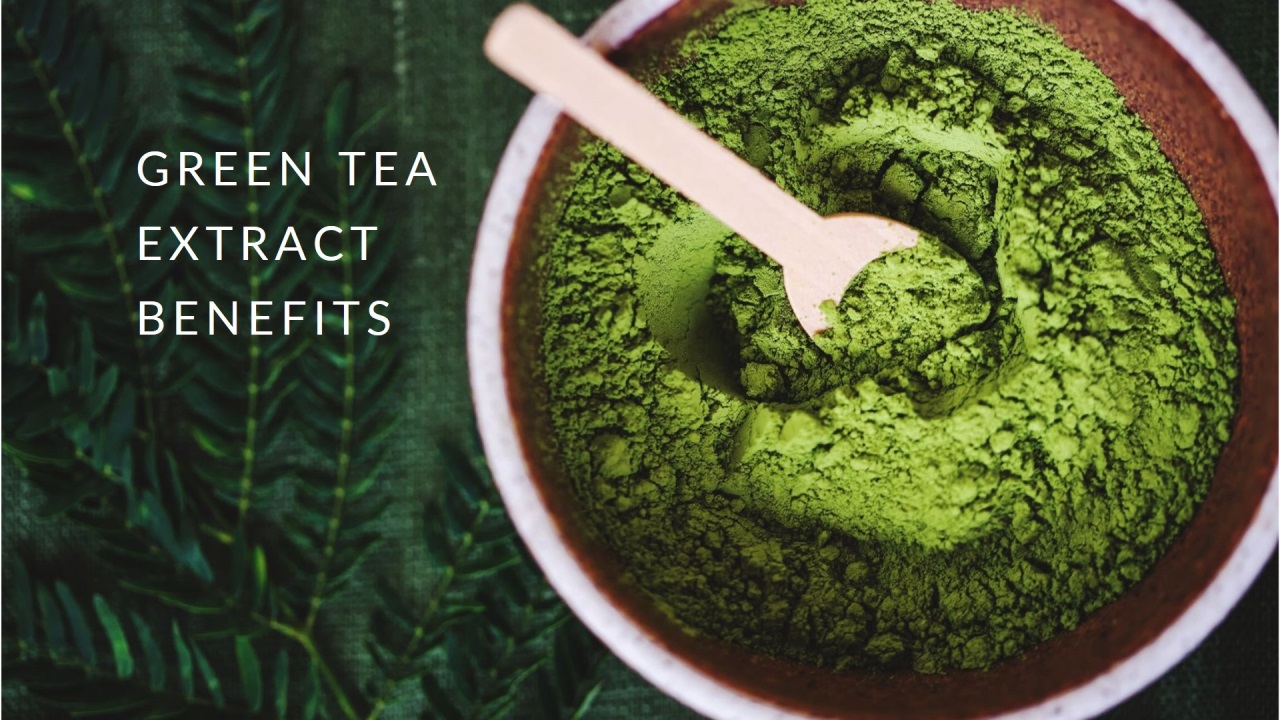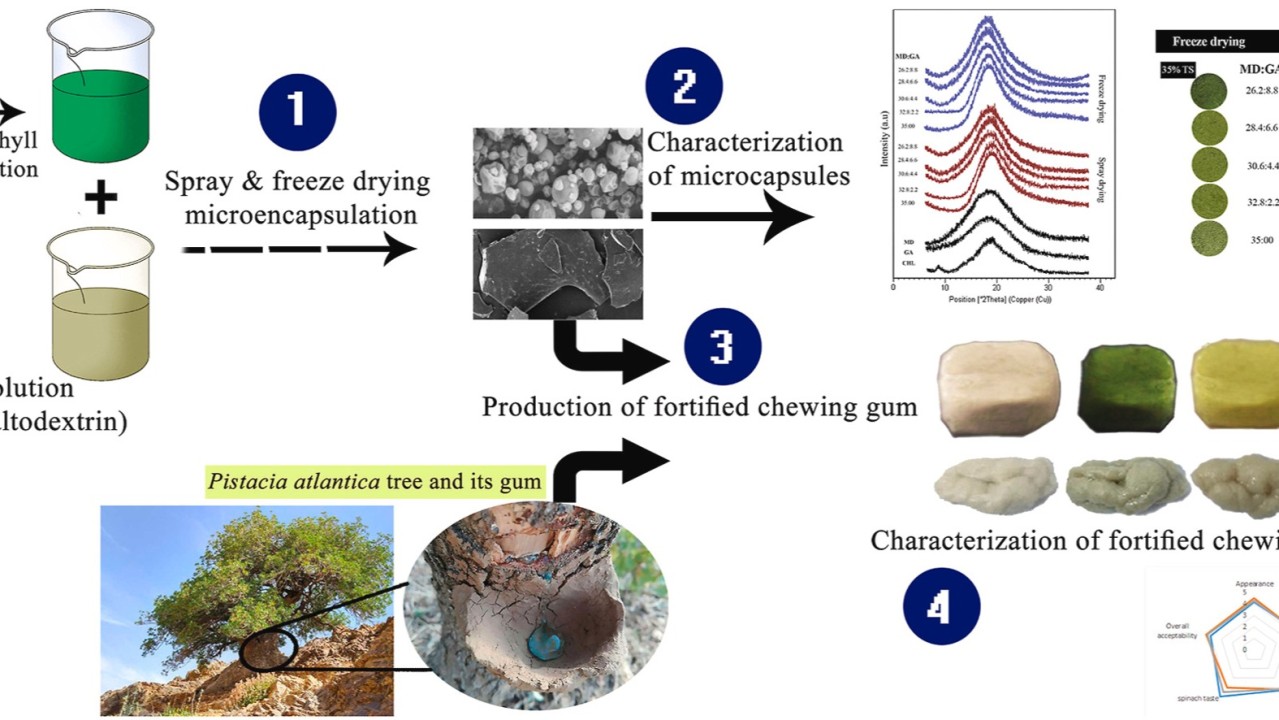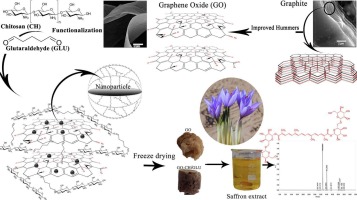By Seid Mahdi Jafari *, Iman Katouzian * **,
Hamid Rajabi *, Mohammad Ganje *
- *
- Gorgan University of Agricultural Sciences and Natural Resources, Gorgan, Iran
- **
- Nano-encapsulation in the Food, Nutraceutical, and Pharmaceutical Industries Group (NFNPIG), Universal Scientific Education and Research Network (USERN), Tehran, Iran
Available online 31 July 2017, Version of Record 31 July 2017.
Abstract
Recently, the market of nutraceuticals has flourished due to its advantages on the physiology. Nevertheless, faster and higher amount of nutrient absorption does not guarantee the improved functionality and the health of consumers; in fact, in some cases, the effects of excessive absorption are the opposite. The rate and amount of nutrient absorption can be optimized by engineering targeted delivery systems on the base of food or synthetic compounds leading to a controlled release. It should be noted that optimum absorption is not similar to maximum absorption. Release rate has a direct impact on consumer’s health, for instance, gradual release of carbohydrate-based foods is beneficial as it lowers the secretion of insulin resulting in the elimination of unnecessary glycosylation of proteins plus high excursions in blood glucose content. Moreover, some extent of bioactives escape uptake by small intestine cells, however this procedure is not completely negative as the escaped nutrients may keep the advantageous microflora in colon and thus beneficial compounds are generated via fermentation in bowel. Therefore, clinical trials should be conducted to approve the possible health benefits and bioavailability of food-nanomaterials. In this chapter, controlled release and bioavailability of food-nanostructures are underlined. Moreover, the mathematical and intelligent modeling of the release of bioactive agents from nanovehicles is discussed in detail to better understand their release mechanisms.
References (0)
Cited by (53)
-
A comprehensive review on the controlled release of encapsulated food ingredients; fundamental concepts to design and applications
2021, Trends in Food Science and TechnologyCitation Excerpt :In comparison to other mechanisms of CR, dissolution CR systems are the simplest for design. Commonly, dissolution proposed to initiate from the outside and continue inside the carrier system (Jafari, Katouzian, Rajabi, & Ganje, 2017). Generally, two types of CR-dissolution systems can be categorized: (i) the encapsulation-dissolution CR system, in such case, the food ingredients are entrapped within gently dissolving compounds.
-
Chitosan-gum Arabic complex nanocarriers for encapsulation of saffron bioactive components
2019, Colloids and Surfaces A: Physicochemical and Engineering Aspects -
Nano spray drying for encapsulation of pharmaceuticals
2018, International Journal of Pharmaceutics -
Lipid nano scale cargos for the protection and delivery of food bioactive ingredients and nutraceuticals
2018, Trends in Food Science and Technology -
Modeling the release of food bioactive ingredients from carriers/nanocarriers by the empirical, semiempirical, and mechanistic models
2021, Comprehensive Reviews in Food Science and Food Safety -
Bioavailability of nutraceuticals: Role of the food matrix, processing conditions, the gastrointestinal tract, and nanodelivery systems
2020, Comprehensive Reviews in Food Science and Food Safety




